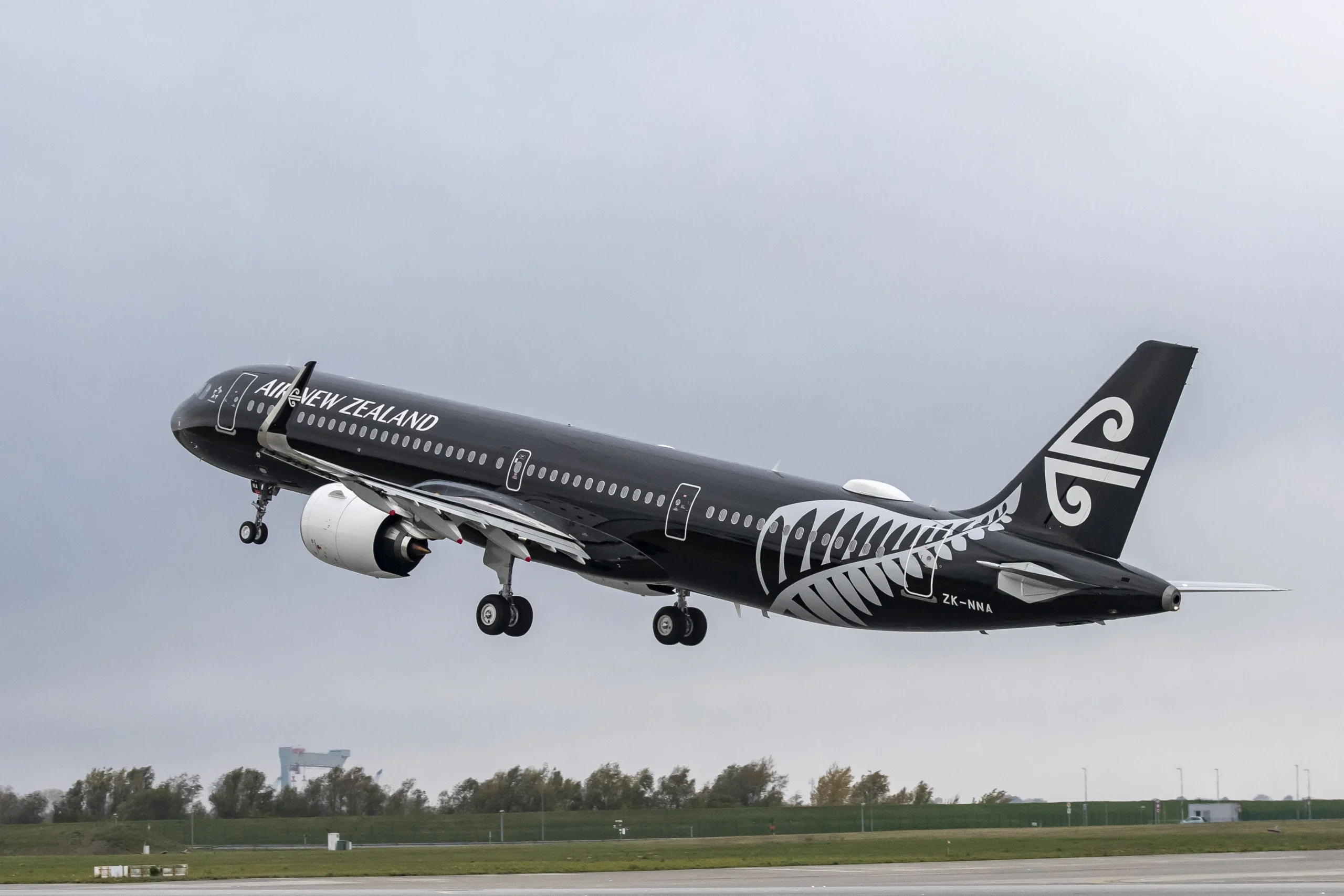Financial Report Highlights
On August 28, Air New Zealand disclosed its earnings before taxation for the fiscal year 2025, reporting a total of $189 million, a decrease from $222 million the prior year. This result sits at the upper range of the guidance provided to the market earlier.
After accounting for taxes, the net profit stood at $126 million. The robust numbers reflect the resilience of the airline in the face of ongoing global challenges such as engine maintenance issues, significant cost inflation, and a sluggish domestic market.
Chairperson Therese Walsh expressed that the results demonstrate the strength of the business and the management’s discipline. She stated, “This is a solid result even amidst real operational and economic pressures.” The airline proved to have a strong balance sheet and a clear strategy moving forward. In light of its performance, the Board has decided to declare a final ordinary dividend of 1.25 cents per share, set to be paid on September 25, 2025, for shareholders recorded by September 12, 2025.
Performance Metrics
Passenger revenue experienced a slight drop of 2%, amounting to $5.9 billion. This fall was primarily attributed to a 4% reduction in network capacity due to engine availability limitations. Meanwhile, fuel costs showed significant improvement with a 12% reduction, saving an estimated $208 million, owing to a decline in average jet fuel prices and lower consumption levels.
Operating cost inflation, absent of fuel, surged by roughly $235 million. The increase stemmed mainly from higher landing charges, labor costs, and engineering materials. Notably, this rise reflects a broader trend in aviation costs outpacing the New Zealand Consumer Price Index, indicating ongoing inflationary pressures.
Strategic Adjustments and Cost Management
In pursuit of cost control, Air New Zealand has targeted actions which include renegotiating supplier contracts and adjusting investment priorities to create more value. The aircraft’s transformation initiatives under the Kia Mau program have yielded approximately $100 million in benefits, largely driven by enhanced ancillary revenue and improved service offerings.
Operational advancements have effectively reduced challenges associated with disbursement costs and optimized on-time performance by 6% in the latter half of the year. Notably, these improvements are intended to mitigate the impacts of inflation, paving the way for stronger financial outcomes in the long run.
Future Outlook and Challenges
Despite managing disruption effectively, CEO Greg Foran acknowledged that the company faced notable challenges with up to six narrowbody and five widebody aircraft occasionally grounded due to engine-related issues. Although compensation totaling $129 million was received from engine manufacturers, there is an estimate that earnings before taxation could have been substantially higher, by about $165 million, under optimal operational conditions.
Moving forward, Foran hopes to maintain a focus on controllable factors, stating that decisive actions will support customers and enhance schedule reliability. “We acted early and decisively, securing additional engines and optimizing schedules,” he asserted. This approach, while potentially costly, was framed as essential for network stability.
Investment and Infrastructure Developments
In the face of adversity, Air New Zealand has continued to invest in crucial infrastructure. Four fully retrofitted Boeing 787-9 Dreamliners returned to service, alongside plans for new uniforms and an international lounge at Auckland Airport. The introduction of AI tools for employee efficiency and service enhancement reflects a commitment to technological advancement.
The expansion of the Christchurch Engine Centre and the construction of a new engineering hangar slated for completion in 2025 are indicative of long-term strategic planning. These developments illustrate the airline’s resilience and potential for growth as global aviation conditions improve.
The Historical Context of Air New Zealand’s Operations
While the immediate financial outcomes for Air New Zealand in 2025 raise discussions on operational efficiencies and cost management, the historical trajectory of the airline reveals a pattern of resilience in the face of external economic factors. Over the years, Air New Zealand has navigated through market fluctuations, adapting to passenger expectations and technological advancements.
Significantly, the airline has been part of larger global tourism trends, aligning itself with growing demands for sustainable practices in aviation. The push for an eco-friendly approach to air travel serves as a pivot point in the ongoing evolution of the industry, showcasing innovation amidst challenging landscapes.
Implications for Tourism and Marine Leisure Activities
A robust airline sector, such as that represented by Air New Zealand, has consequential implications for tourism and recreation, including boating and sailing. As air travel conditions stabilize and improve, destinations become more accessible, thereby increasing interest in water-based activities. Moreover, an effective airline can drive demand for coastal regions, enhancing opportunities for yachting, sailing, and recreational boating.
Yachts and sailing boats, symbols of leisure and adventure, find a ripe market in areas where airlinkages flourish. The overall economic health of airlines translates to an increase in tourism activities, from lake fishing to chartering sailing vessels, enriching local economies.
The evolving dynamics within the airline industry have shown that while challenges exist, solutions and strategic advancements pave the way for better operational efficiency. As destinations become more reachable, the connection between air travel and marine tourism highlights broader trends in international tourism patterns.
For those interested in exploring the beauty of coastal destinations, GetBoat.com stands as an international marketplace for sailing boats and yachts, catering to diverse tastes and budgets while providing unforgettable experiences on the water.

 Overview of Air New Zealand’s 2025 Financial Report">
Overview of Air New Zealand’s 2025 Financial Report">
